Delphin II was a single-engine all-metal high-wing aircraft. The hull, featuring the Dornier sponsons, was a two-step design divided into several bulkheads. Compared with the Delphin I, the cockpit was relocated into the hull. The fore part (bow) was extended which had a favourable influence on take-off and landing characteristics. The wing design consisted of two all-metal halves each fixed to the side wall of the hull and braced with the sponsons by means of two struts. The powerplant consisted of a Rolls-Royce Falcon III of 260 HP equipped with a face-type radiator. Two and fourblade wooden propellers were tested. A standard cross-type empennage was selected.
First flight on 15 February 1924. Four flying-boats were built and one Delphin II was delivered to the British Air Ministry. Two flying-boats were used for sightseeing flights by Bodensee Aero Lloyd from July 1925. Deutscher Aero Lloyd tested one of these flying-boats in late summer of 1924 on the nightflying test route between Stettin and Copenhagen.
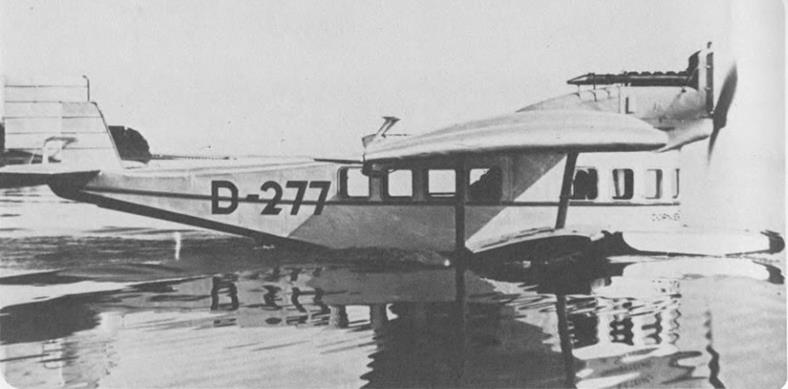
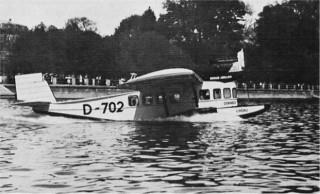
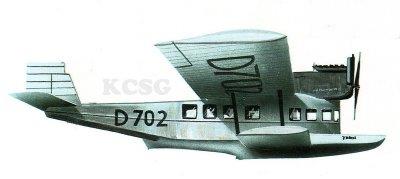

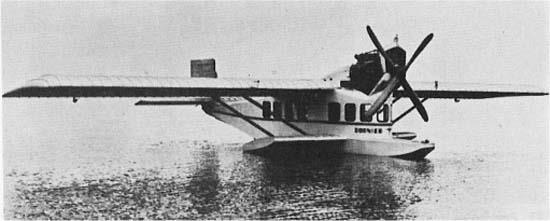

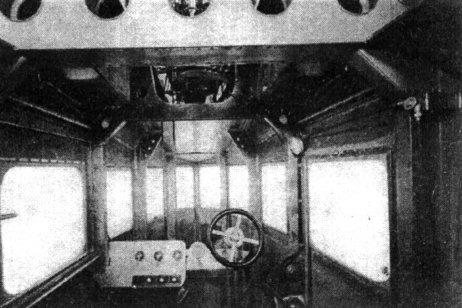
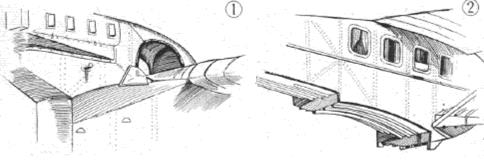
The " Delphin " has already been described in FLIGHT, some two years ago. It is a monoplane with rectangular plan form wing, and with the peculiar " wing roots " growing out of the boat which in all Dprnier flying boats form such a feature of the design. These wing roots have been chosen in preference to wing tip floats for the maintenance of lateral stability on the water, and even in the Dornier land machines they are retained and serve there as a support for, and streamline casing around, the wheel axle. The engine fitted as standard to the Dornier " Delphin " is the 185 h.p. B.M.W., and it speaks well for the aerodynamic efficiency of the design that even with this relatively small engine the machine carries pilot and six passengers.
The cabin is provided with large windows of Triplex glass, and as there is no lower plane the view from the cabin is exceptionally good. The Duralumin boat hull is divided into 10 watertight compartments, so that in case of the hull becoming punctured there is small likelihood of it filling. In the original " Delphin " the engine was left entirely uncovered, •but in the machine exhibited a certain amount of fairing behind the engine has been adopted, and the pilot looks out through an opening in the cowling, as indicated in one of our sketches. The boat hull is provided with two steps, as in all British flying boats, and the machine is prevented from " nosing in " by a forward extension of the boat. This projection has been added on more recent models, and was not a feature of the original experimental machine, which looked more like a Dornier land machine having steps in the bottom of its fuselage.
| Type |
Do Delphin II 2 + 5 passenger carrying flying boat |
| Engine |
1 Rolls-Royce Falcon III |
1 BMW |
| Dimensions |
Length 12,00 m, height 3,5 m, span 17,1 m, wing area 51,3 m2 |
|
| Weights |
Empty 1700 kg, load 825 kg, flying weight 2525 kg |
|
| Performance |
Max. speed 135 km/h service ceiling 3000 m climb to 3000 m 60 min. |
|
| Type |
Werk.Nr |
Registration |
History |
| Delphin II |
28 |
D-401 |
Built at Seemoos in 1922. Crashed on a testflight (Pilot Aland) |
| Delphin II |
42 |
D-277 |
"Konstanz. Built at Seemoos in 1923.Deutsche Aero Lloyd tried it on the route Stettin - Copenhagen late summer 1924.Used by the Bodensee Aero Lloyd from 22/7 1925. To L.V. GmbH at Lindau in May 1930. Withdrawn from service in the end of 1932 |
| Delphin II |
43 |
D-791 |
Built in 1923 at Seemoos. Delivered to the Air Ministry , UK, in 1925 |
| Delphin II |
44 |
D-702 |
"Lindau". Built at Manzell in 1923. Used by the Bodensee Aero Lloyd. Crashed 5/6 1929 during landing at Lindau, 3 passengers wounded. |








